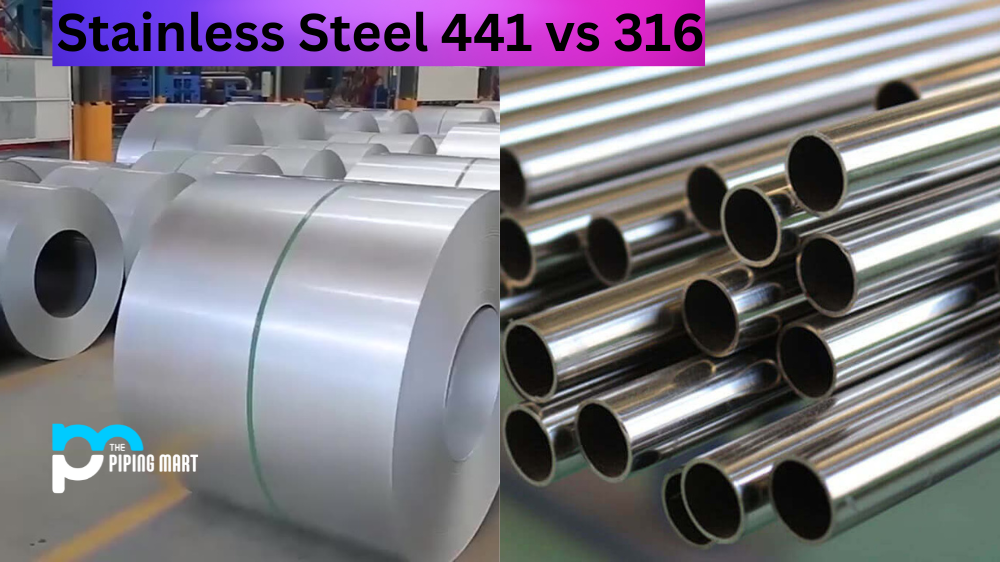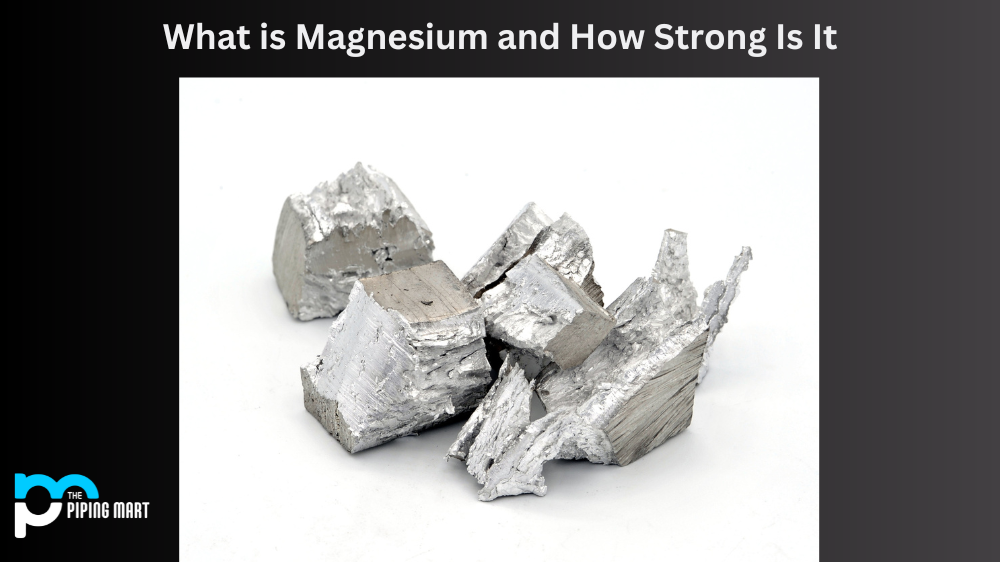When selecting the right type of stainless steel for your project, understanding the differences between 201 and 430 is essential. Both offer unique advantages and disadvantages depending on the application. In this blog post, we will compare and contrast these two types of stainless steel so that you can make an informed decision when selecting the best for your next project.
What Is Stainless Steel?
Before we dive into the differences between 201 and 430 stainless steel, let’s discuss what stainless steel is. It is a type of alloy composed of chromium (usually at least 11%), nickel, and other elements such as manganese or silicon. This alloy is highly corrosion-resistant due to its ability to form an extremely thin oxide layer on its exterior that helps prevent further oxidation. The chromium content behaves like a shield against corrosion, but certain levels are required for the material to be considered “stainless” steel. This type of metal is incredibly durable and strong while still lightweight enough to be used in various applications, including architecture, automotive parts, medical instruments, cookware, kitchen appliances, etc.
Difference Between 201 and 430 Stainless Steel
Now that we understand the basics of stainless steel, let’s compare these two types: 201 vs 430. Both are austenitic grades, meaning they are non-magnetic and have similar compositions with respect to their chromium content (17–18%) and nickel content (6–8%). However, there are some key differences between them which include but are not limited to the following:
- 201 contains lower amounts of manganese compared with 430 making it more cost-effective than its counterpart; however, it has higher levels of carbon, making it less resistant to corrosion than 430.-
- 430 contains higher amounts of manganese than 201, making it more expensive; however, it has lower levels of carbon, making it more resistant to corrosion than 201.
- 201 has a shinier surface finish compared with 430 due to its lower amount of manganese while also providing a slightly weaker structure overall.-
- 430 has a matte-like finish compared with 201 due to its higher amount of manganese while also providing a slightly stronger structure overall.
- 201 can be prone to rusting if exposed for long periods or repeatedly washed with water making it less suitable for outdoor applications or frequent contact with liquids.430 can be better suited for outdoor applications or those involving frequent contact with liquids due to its increased resistance against rusting over time, even when exposed for long periods or repeatedly washed with water.
- 201 offers better weldability than 430 due to its lower carbon content resulting in easier fabrication practices.- 430 offers slightly better machinability than 201 due to its higher carbon content resulting in easier cutting processes.
Conclusion:
In conclusion, both types of stainless steel offer unique advantages depending on the application they will be used for. For example, if you need a metal that provides both strength and cost-effectiveness, consider using 201 metal. In contrast, if you need something more resistant to corrosion, you may want to use 430 instead! Ultimately though, weighing all factors carefully before choosing either one should help ensure that you select the best option available for your particular needs! Thank you for reading this comparison blog post about why 201 vs 430 stainless steel might be better suited for different projects! This information helped you decide which type would work best for your situation! Good luck finding the perfect metal solution!

Abhishek is a seasoned blogger and industry expert, sharing his insights and knowledge on various topics. With his research, Abhishek offers valuable insights and tips for professionals and enthusiasts. Follow him for expert advice on the latest trends and developments in the metal industry.




